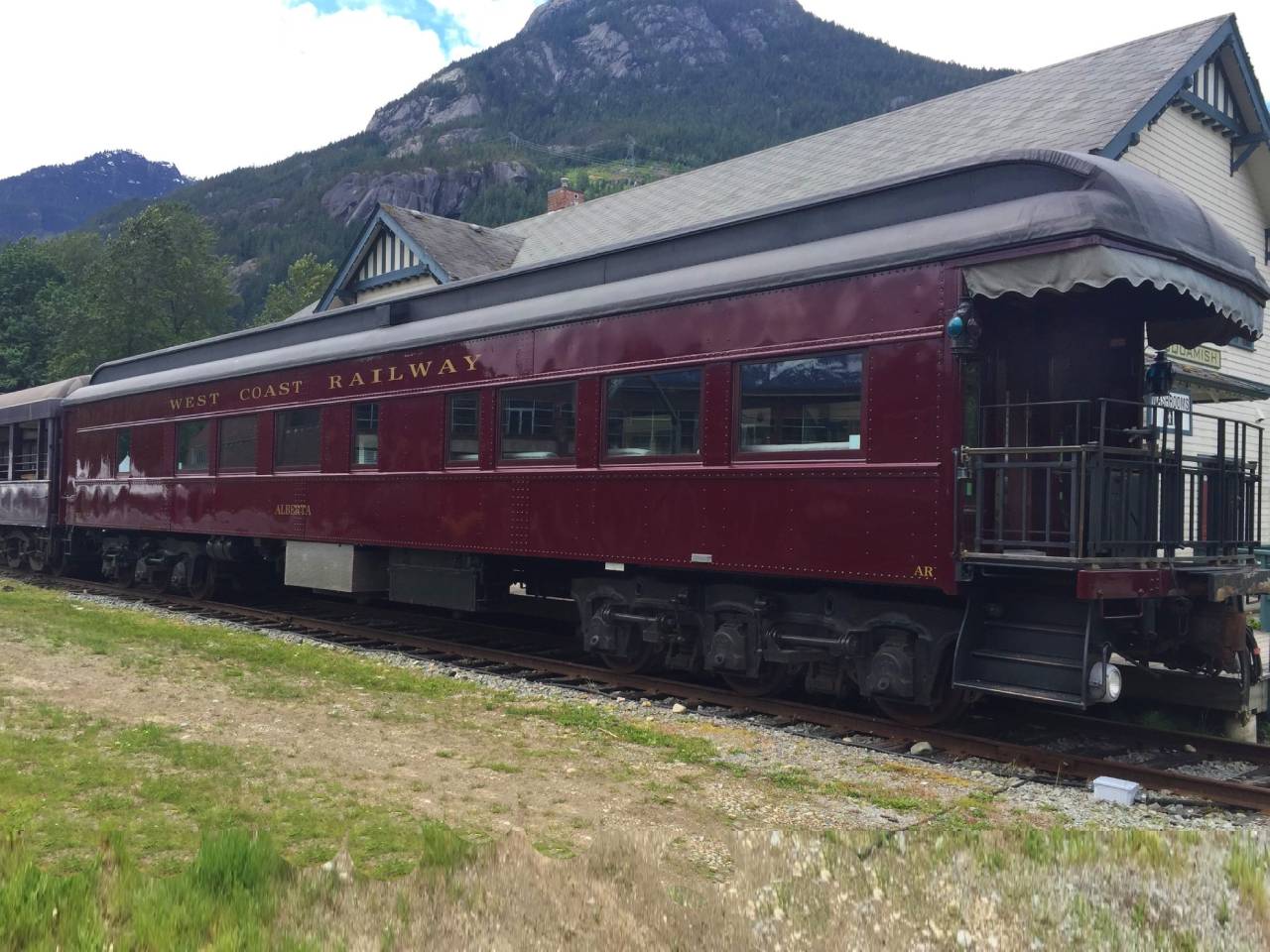Grade crossing protection is not controlled by CTC, it has its own dedicated circuitry - which was always there. (the CTC and crossing components may communicate with each other in some specific places, but CTC does not trigger the crossing signals.)
Sidings? What sidings?
This is the current problem.... there aren't any.
There are short segments of signalised service/yard track, which sort of serve as double track, in Kitchener, and Stratford. There is one siding at Kelly's near Thorndale. (It is 1740 feet in length, a GO train is 1150ish feet)
The current plan appears to be to add a signalised siding at Acton, and then have longer passing track segments at Guelph and from west of Mossboro to Breslau. But nothing has been said about adding sidings west of Kitchener.
- Paul

www.wcra.org




